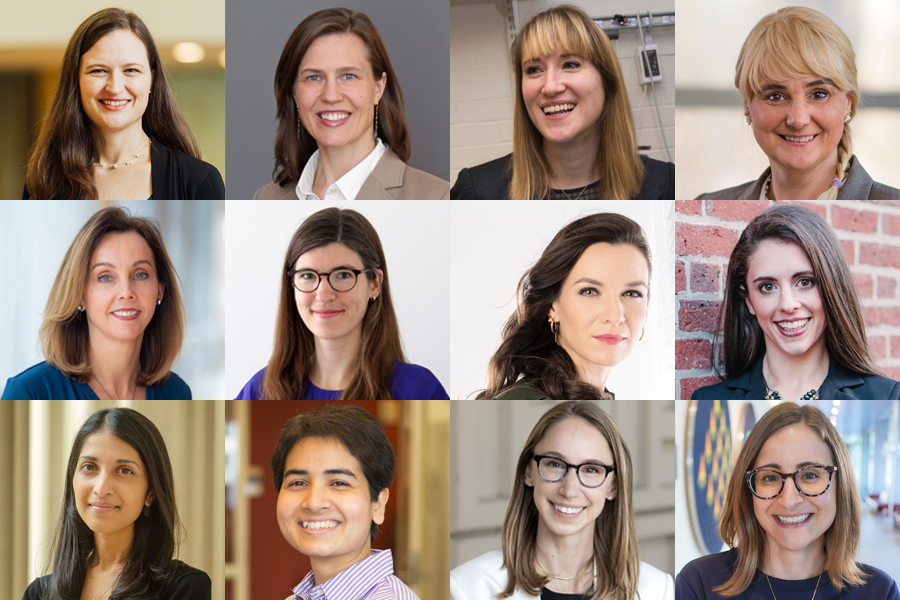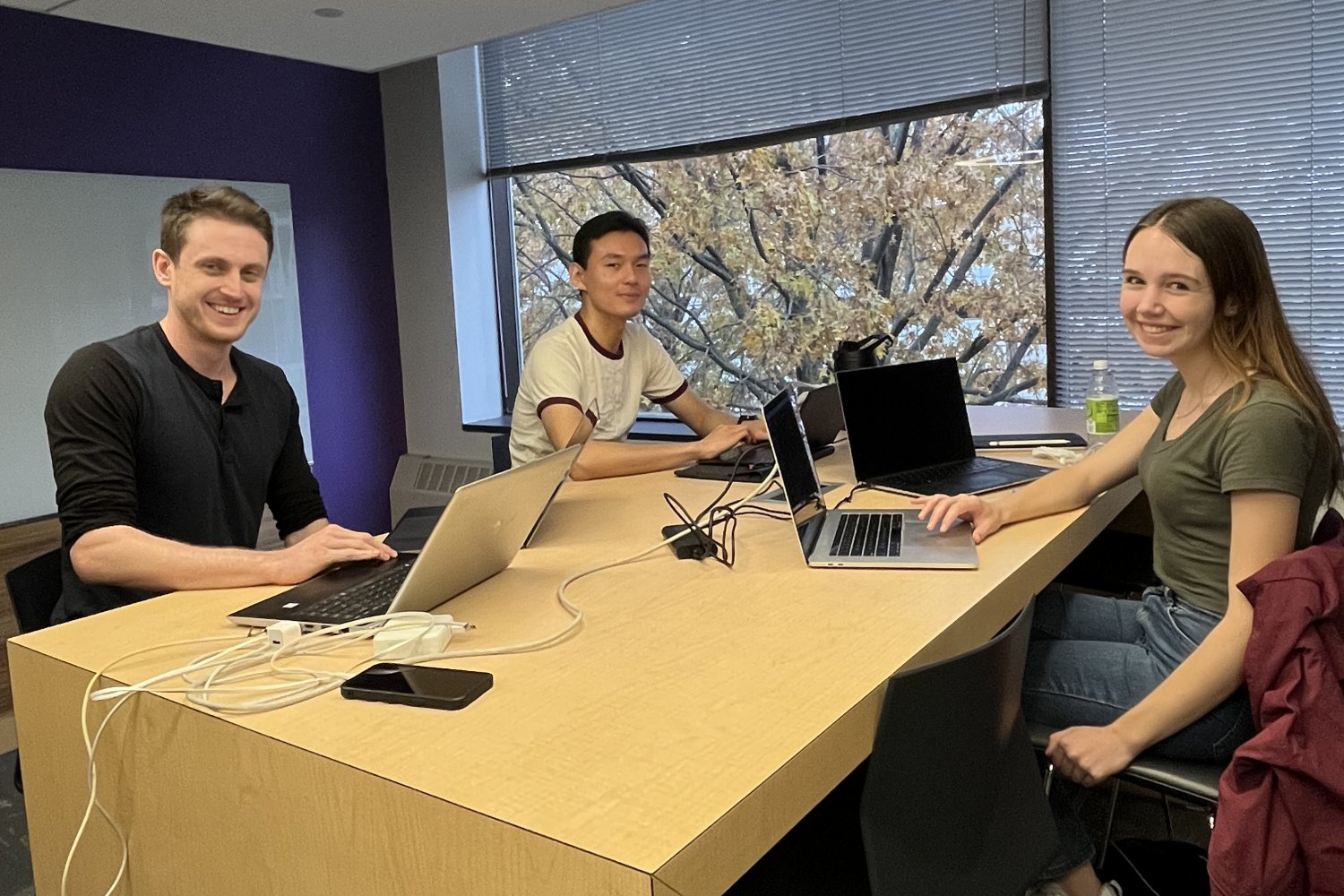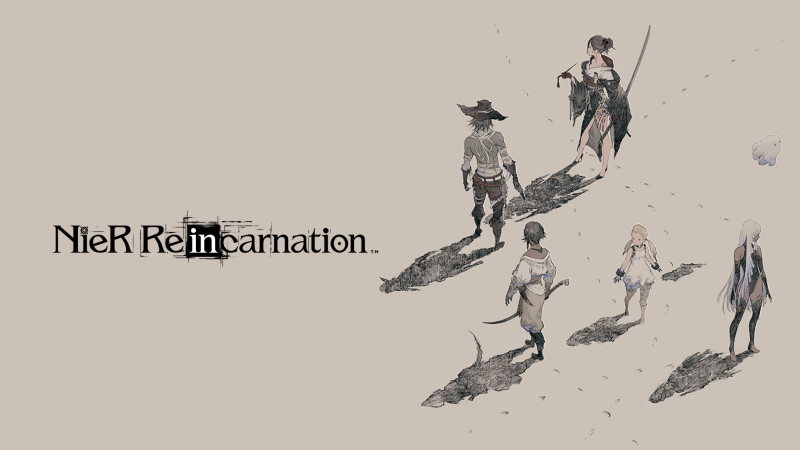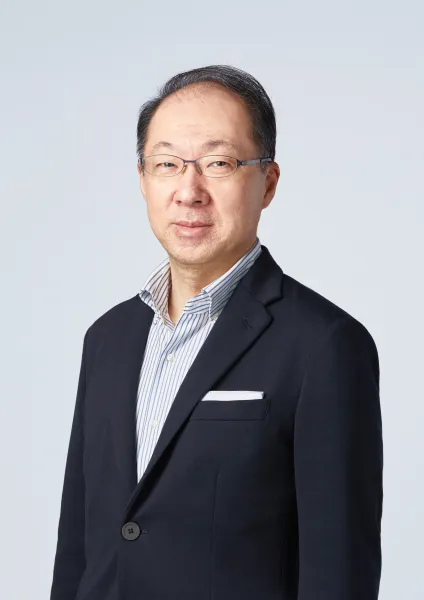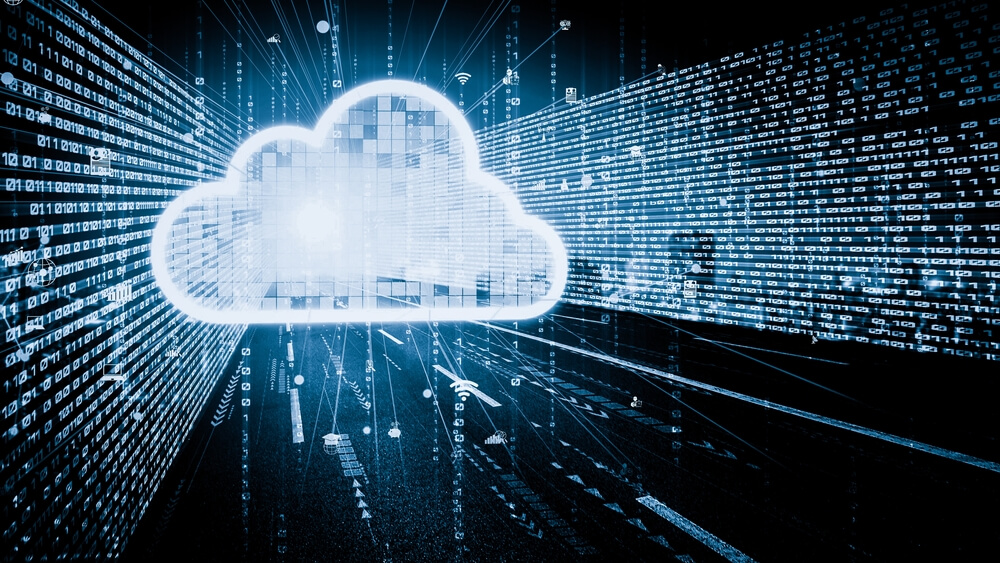
EXECUTIVE SUMMARY:
In a decade driven by digital transformation, the increased reliance on cloud computing has presented unprecedented opportunities for businesses, enabling scalability and efficiency. However, the shift to cloud has also introduced challenges — particularly in relation to cyber security.
As you strategize and prepare for the remainder of the year, it’s crucial to maintain an in-depth understanding of the contemporary cloud security landscape. In this article, explore 20 statistics and trends that will keep your organization up-to-date and ready to combat tomorrow’s threats.
The future of cloud security: Statistics and trends
1. Cloud breaches on the rise. Seventy-nine percent of companies have contended with at least one cloud breach in the last 18 months, underscoring the urgency around new and robust cloud security measures.
2. It’s tougher for large businesses. Nearly a third of all large businesses say that securing cloud assets and resources is a major challenge, highlighting the level of heightened complexity that organizations with extensive digital footprints face.
3. Expanding volume of cloud data. By the end of 2025, experts predict that the cloud will host a staggering 100 zettabytes of data. This means that cloud storage demands will soar, as will the need for unified and automated cloud security.
4. Ubiquity of cloud adoption. Ninety-two percent of organizations already have some of their IT environment hosted in the cloud. In other words, cloud infrastructure has been embraced, and organizations need to keep proactively expanding cloud security initiatives.
5. Sensitive data in the cloud. Nearly 50% of businesses use the cloud to store sensitive data; both encrypted and unencrypted. Organizations must prioritize effective encryption practices, mitigating the risks associated with unauthorized access and breaches.
6. Real-time security assessments lagging. Only one in five organizations assesses their overall cloud security posture in real-time, indicating that many organizations have a gap in their security measures.
7. Challenges in multi-cloud environments. Eighty-six percent of organizations experience issues while managing data in multi-cloud environments. Streamline and simplify your multi-cloud security this year.
8. Insecure APIs a key concern. In a survey, more than 50% of cyber security experts mentioned insecure APIs as a critical cloud security concern. Strengthening API security should be a focal point within cloud security strategies.
9. Cost of breaches in hybrid environments. In 2023, the average cost of a breach in a hybrid cloud environment was $3.61 million, with projections indicating a continued, severe financial impact caused by security lapses.
10. Automation in cloud security. Seventy-eight percent of companies currently assess cloud security through automation. As the year progresses, an increasing number of organizations should and likely will implement automated cloud security solutions.
11. Rise of Zero Trust approach. Eighty percent of enterprises have stated that they are considering, evaluating or deploying Zero Trust. This reflects a shift towards more stringent cyber security models.
12. Demand for comprehensive assessments. Nearly 80% of organizations are seeking a more comprehensive cloud security assessment. This trend highlights increased awareness of cloud security challenges and a growing demand for holistic security solutions.
13. Targeting newer cloud technologies. In 2024, cyber security experts anticipate more frequent attacks that target newer cloud technologies, such as container-based resources. Be sure to leverage corresponding security best practices.
14. Cloud security spending forecast. Cloud security is expected to remain as the fastest-growing area of security and risk management spending this year. In other words, organizations appear to be prioritizing cloud security investments.
15. Projected spending in 2024. Cloud security spending in 2024 is predicted to reach $7 billion, signifying a substantial financial commitment to fortifying cloud infrastructure.
16. AI-driven cloud management. In 2024, AI-driven cloud management is expected to shift from novelty to norm, enabling organizations to enhance security performance and advance overall cloud operations.
17. Focus on serverless security. As serverless computing expands, organizations need to pay greater attention to security, doing so by adopting serverless security tools and best practices.
18. Continued growth of Kubernetes. In 2024, Kubernetes is expected to maintain growth and relevance, pointing to its importance in container orchestration and management.
19. Increased cloud threat detection spending. Nearly 90% of organizations expect to increase Cloud Threat Detection and Response (CDR) spending.
20. Adaptability as a key theme. Organizations will likely need to cultivate new mindsets and to expand efforts to secure sensitive data amidst evolving threats. Adaptation is central to ensuring resilient and future-proof cloud security strategies.
Conclusion
Ready for what’s next? The stats and insights offer a few key takeaways — Organizations need to be proactive and need to adopt comprehensive cloud security solutions.
But more than that, cloud security success hinges on the abilities to stay agile, innovative and eager to continuously improve.
|
More future of cloud security resources
|

